Ready for lift-off, the novel inflatable antenna system developed by FreeFall Aerospace is validated and ready for space! In partnership with the University of Arizona (UA), FreeFall successfully conducted extensive pre-flight tests, the last step before flying in space. These tests validate operation and performance in a simulated space environment from launch through the entire mission lifetime. Our Inflatable Antenna System has now been integrated for flight on the CatSat spacecraft and will ultimately provide Big Data from Small Spacecraft for a wide variety of missions.
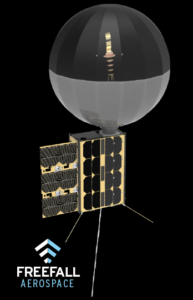 Inflatable Cubesat Antenna
Inflatable Cubesat Antenna
This novel inflatable antenna system developed by Tucson technology company FreeFall Aerospace, in conjunction with the University of Arizona, is a critical component of CatSat, one of eight research satellites to be launched aboard a Firefly launch vehicle now set for no earlier than January 2023. The satellites selected under NASA’s CubeSat Launch Initiative will perform technology demonstrations, conduct scientific investigations, and provide educational benefits.
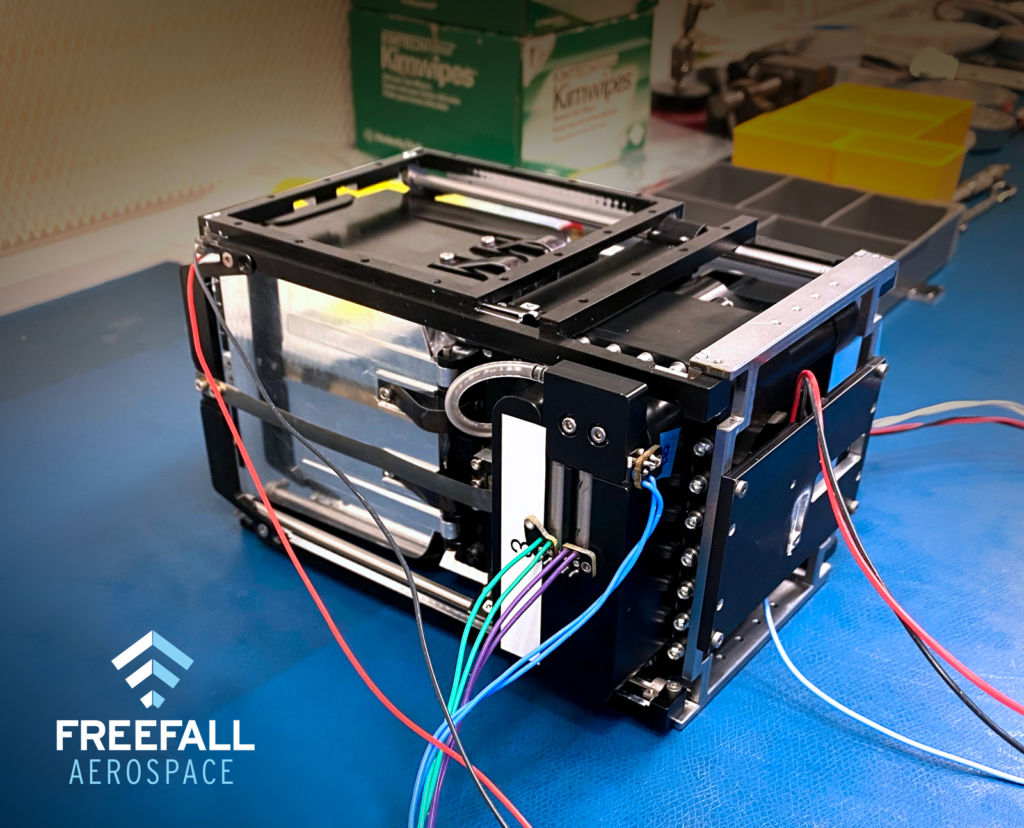
The FreeFall Aerospace Inflatable Antenna System components include a lightweight Mylar balloon reflector, a deployment and inflation system, and small gas cartridges.
TVAC Test: FreeFall Aerospace Inflatable Antenna System
Science / Technology Question:
How can low power, high data rate communications be achieved with a Small Satellite?
Demonstrate a deployable, high-gain antenna by relaying high-definition images from orbit in near real-time.
CatSat Mission Requirements:
The FreeFall Aerospace antenna system utilizes an ultra-lightweight inflatable structure that can be stowed in a very small volume. Once deployed in orbit, it provides an extremely lightweight large aperture high-gain antenna. This approach will dramatically increase the total data return and overall effectiveness of Cubesats and other small satellites. The Principal Investigator of CatSat is Dr. Chris Walker, professor of Astronomy at UA and co-founder of FreeFall Aerospace. The Lead Mechanical & Systems Engineer is FreeFall’s, Aman Chandra.
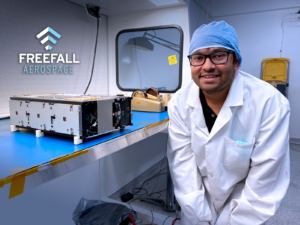
Aman Chandra, FreeFall Aerospace
CatSat is a 6U CubeSat built by GOMspace of Denmark that is now being integrated and tested by UA students from various departments, including Aerospace and Mechanical Engineering, Astronomy, Computer Science, and Electrical and Computer Engineering. It allows undergraduate and graduate students to get hands-on experience developing and operating a space mission and involves dozens of UA students across campus.
Once in orbit, the FreeFall antenna will deploy using compressed gas to inflate a 0.5-meter diameter Mylar spherical reflector incorporating a proprietary feed system. Through the inflatable antenna, CatSat will transmit high-definition Earth imagery in real-time to a 6.1 m ground station antenna at Tech Parks Arizona. A second “whip” antenna will also be used to probe how Earth’s ionosphere structure varies at different times of the day. CatSat will orbit Earth approximately 15 times a day during its expected 6-month lifetime.
“Qualifying our inflatable antenna is a crucial step for FreeFall Aerospace, the University of Arizona, and Tucson’s developing space ecosystem. We’re looking forward to making this capability available for commercial, scientific, and government space missions.”
Doug Stetson, CEO of FreeFall Aerospace
About FreeFall Aerospace:
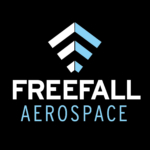 Founded in 2016 as a spin-off from the University of Arizona, FreeFall Aerospace is developing revolutionary new antenna technology for ground, air, and space. FreeFall’s innovative antennas offer a wide field of view, efficient beam steering, and ultra-low mass to dramatically simplify and improve satellite communications. As a leader in the Science of Connectivity, FreeFall Aerospace continually innovates new ways to move the data that connect people, places, and things. For more information, visit www.freefallaerospace.com.
Founded in 2016 as a spin-off from the University of Arizona, FreeFall Aerospace is developing revolutionary new antenna technology for ground, air, and space. FreeFall’s innovative antennas offer a wide field of view, efficient beam steering, and ultra-low mass to dramatically simplify and improve satellite communications. As a leader in the Science of Connectivity, FreeFall Aerospace continually innovates new ways to move the data that connect people, places, and things. For more information, visit www.freefallaerospace.com.

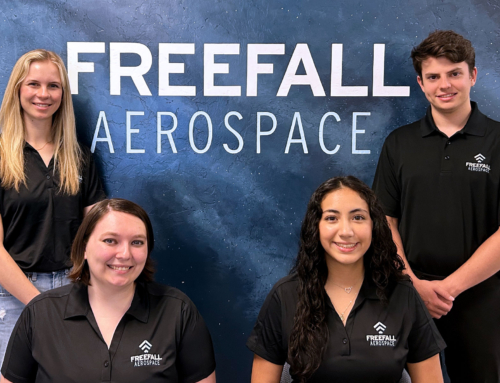
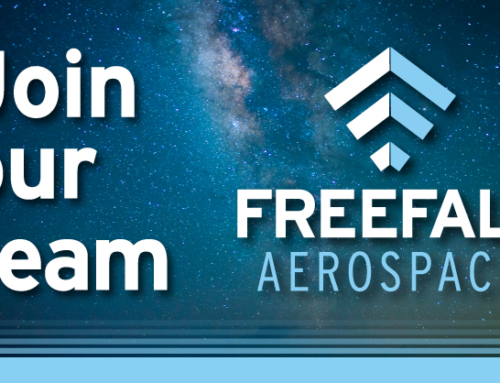
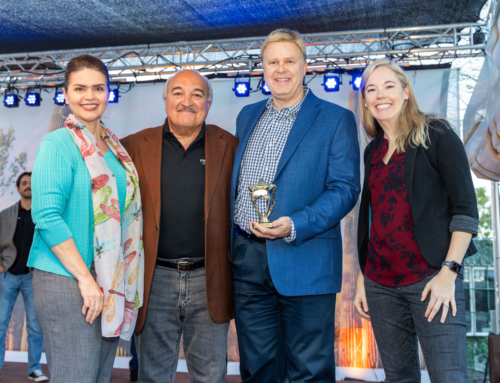
Leave A Comment